Greensboro has its origins around 1818, about a mile to the east of its present-day location in a settlement known as Troy. Several years later, it was discovered that Troy was located on the sixteenth section of land—property set aside by the US government for schools. Thus, residents moved the prosperous community and, in 1823, incorporated as Greensborough (soon shortened to Greensboro), honoring Revolutionary War general Nathanael Greene. The town thrived during the Antebellum era, and expanded again in the 1880s and 1890s. Many of the buildings from this era are included on the National Register of Historic Places. Provided is a collection of sites that provide examples of Greensboro’s historic architecture. This collection includes churches, small cottages, large homes, and commercial buildings that illustrate the stylistic influences of the 19th and early 20th centuries.

This beautiful two-story, home was built circa 1900. Features of the house include a complex roofline, corner tower with a conical roof, central doubl …

The exact age of this house is not known, but it dates back well into the antebellum period. One of the owners of this home was a Mr. Chadwick who di …

Dr. Gaston Drake, a planter and local physician, purchased this property in 1849 and had a house built on it. The house was destroyed by fire before …
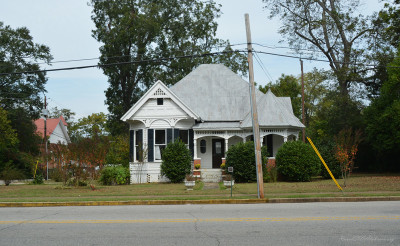
This is a charming one-story Victorian cottage with Eastlake details that’s located on Greensboro’s Main Street. This house was built around 1890. Fea …

There may be no home in the Black Belt with more history attached to it than this one. It was built in 1828 – 1829 by John Gayle, a South Carolina nat …
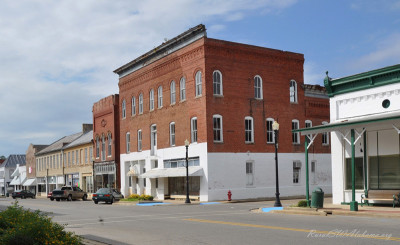
Once an elegant downtown hotel, the Greensboro Hotel remains a local landmark. Impressive brickwork is its most significant feature. Brick-arched door …
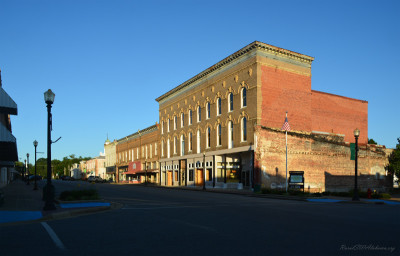
The Greensboro Opera House was built in 1903 on the site of an earlier opera house. The original, built in the 1890s, had burned the preceding year. A …

Presbyterians were among the earliest settlers of Greensboro, AL. In 1823, the first Presbyterian church was organized in Greensboro by Rev. James Hil …

Hale County had a legal obligation to provide an animal shelter for the county but had no resources to build it. In 2005, Hale County representatives …

Hale County was created in 1867 with most of it being taken from Greene County. Greensboro was selected as the county seat. Greensboro citizens had …
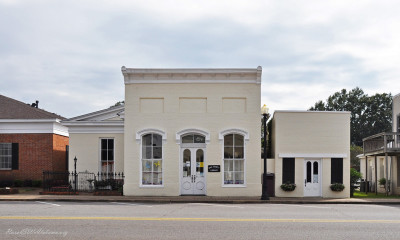
This building is located on Main Street at downtown Greenboro near the courthouse. It dates back to the 1870s and served in the late 1800s as a law of …

This beautiful house was built around 1845 by a prosperous Greensboro merchant tailor named Philip Happel. This two-story home has both upper and low …

The Harvey house, also referred to as Seven Pines, was built circa 1848 by Col J. G. Harvey, long-time editor of the Alabama Beacon. This house has a …

This two-story Queen Anne style house was built circa 1900. Features of the house include a hip roof with gables, front facing gable with one story ba …
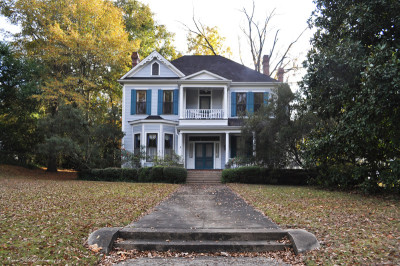
This two-story Victorian home was built circa 1900. Features of the house include a hip roof with gables, five bay facade with recessed side wing, cen …
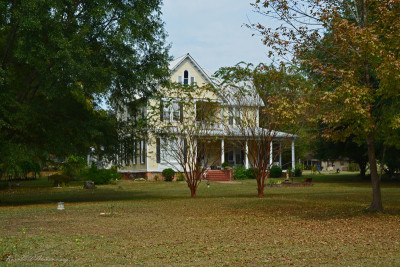
This house was originally built circa 1840 as a one story Italianate cottage. The second story and Victorian details were added to the house around th …

Originally built as a small, one-story dwelling, the house was later enlarged into the present two-story, Greek Revival structure. A merchant, Robert …

In 2004 the Lions Club, the City of Greensboro, Hale County, the Riding Club and the Greensboro Baseball Association formed a joint committee to manag …

This was the only house known to have been built in this area during the Civil War. It was constructed in 1861 as a residence for Nathaniel T. Lupton, …
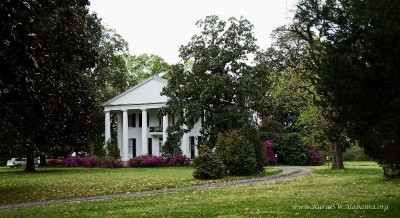
Magnolia Grove, an excellent example of temple-style Greek Revival architecture, was built around 1840 as a town house by Isaac and Sarah Croom, whose …

Magnolia Hall, also known as the McCrary-Otts House, is a historic Greek Revival mansion in Greensboro. It is listed on the National Register of Hist …
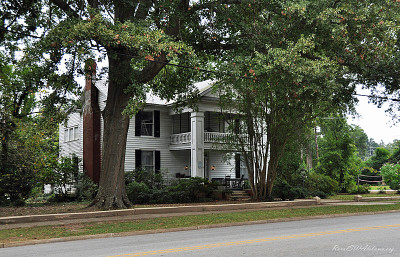
Originally an I-house, this structure served as a school for Miss Adeline Morse, a New England schoolteacher. Judge W.C. Christian purchased the struc …
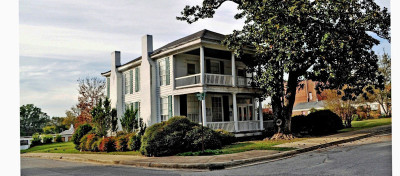
The Noel-Ramsey home (also referred to as the Old French House) is the oldest home in Greensboro. Constructed between 1819-21 by Thomas and Anne Hurte …
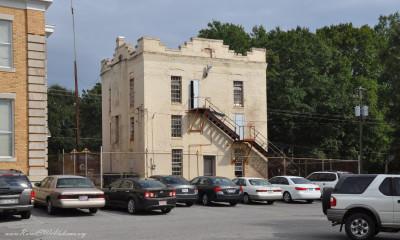
The Old Hale County Jail served Hale County from its completion in 1908 until 1999, when it was replaced by the modern Hale County Corrections facilit …

John Straiton, a graduate of Emory University, was Greensboro’s most prolific builder during the late 1800s and early 1900s. He is responsible for the …

This two-story, vernacular Victorian house was built circa 1890. Features of the house include complex roofline and massing, central double leaf entra …
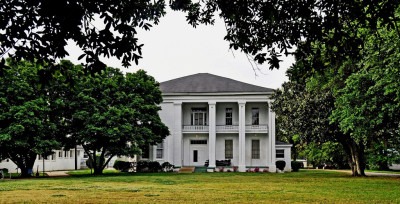
Southern University was founded in Greensboro by the Methodists in 1856. This school prospered during the 1800s. In 1918, it merged with Birmingham So …

This home was built circa 1890 by Governor and Mrs. Thomas Seay. Thomas Seay was a native of Hale County. He began his political career in 1874 when h …

This 2 ½ story house, with its complex roof line and façade arrangement, is one of the most detailed dwellings in Greensboro. The first floor features …
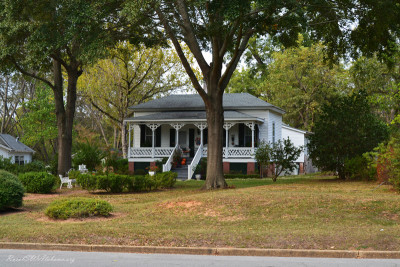
This house, located on the eastern end of Main Street, is unlike any other in Greensboro. A picturesque raised cottage with charming exterior features …

This parish, established in 1830, is the third oldest in the Alabama diocese. This church was erected in 1840 and consecrated in 1843 by Leonidas Pol …
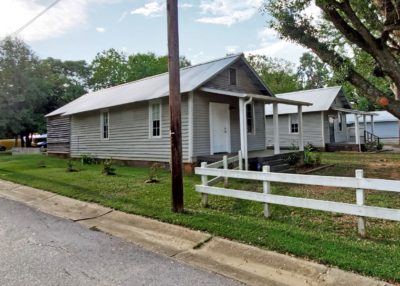
On the night of March 21, 1968, Rev. Martin Luther King Jr. sought refuge from the Ku Klux Klan inside a small, shotgun-style home in the depot neighb …

In 1840, Dr. James Levi Tunstall, a prominent physician and planter, purchased a smaller home located on this property. He and his wife, Eliza Croom T …

This house was built circa 1898 by Greensboro’s most prolific builder of the 1890s and early 1900s, John Straiton. It is one of the most imposing Quee …
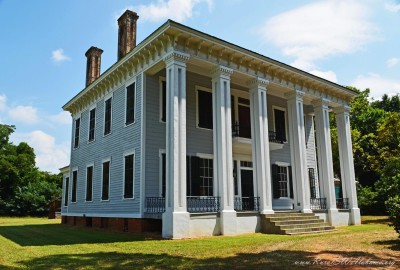
This beautiful antebellum home was constructed circa 1855 for Col. Lucius Quintus Cincinnatus DeYampert as a gift to his daughter, Julia, and her husb …

This is a ca. 1880 Victorian, one-story house with Eastlake details. Features of this house include a three bay facade, complex roofline and massing, …
